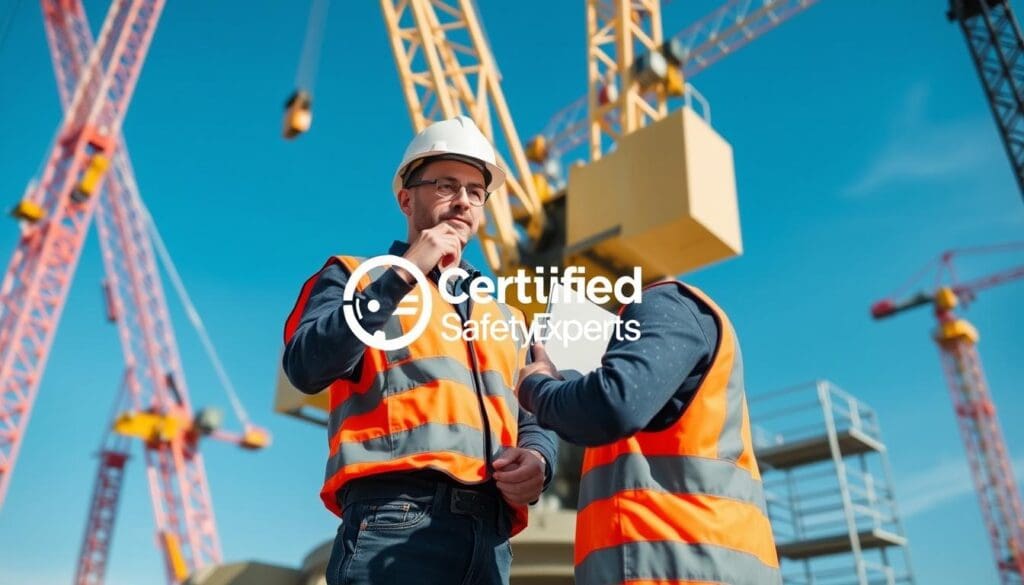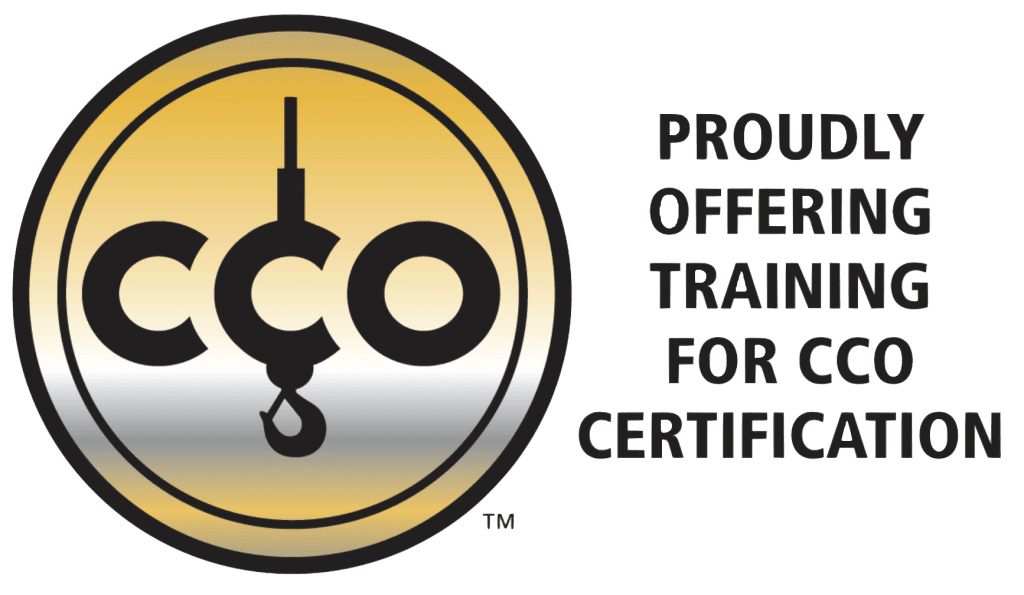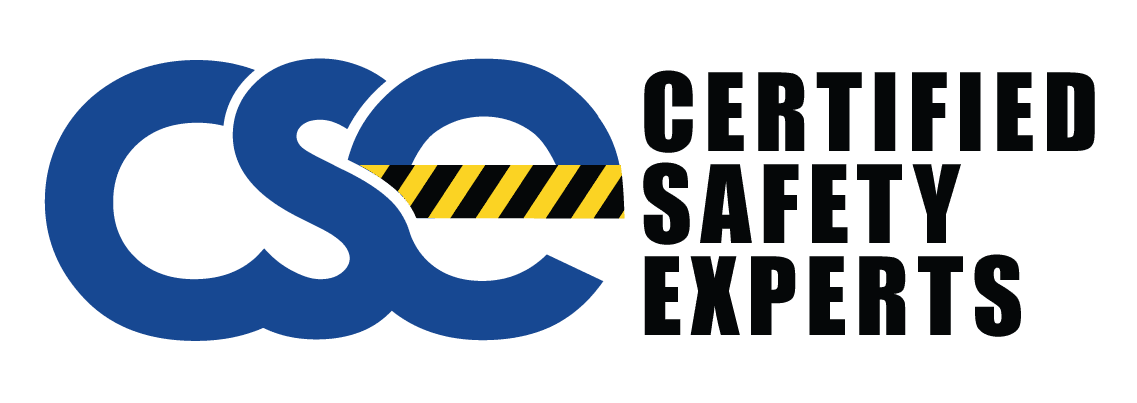Ever thought about how important a post-operation crane inspection is? It’s key for keeping cranes safe and working well. A detailed crane inspection checklist is vital after a long day of lifting. This guide will show you how to do a thorough check-up.
A quality crane audit finds issues that could cause damage or danger. A strong crane service evaluation keeps your equipment running well, avoiding sudden stops.
Key Takeaways
- Understanding the importance of post-operation crane inspection.
- Key points to include in a crane inspection checklist.
- Benefits of a professional quality crane audit.
- Steps for effective crane service evaluation.
- Maintaining safety and efficiency in crane operations.
Importance of Post-Operation Crane Inspection
Checking cranes after they’re used is key to keeping them safe and working right. Doing safety checks helps stop accidents, makes the equipment last longer, and follows the rules. Regular checks spot and fix problems early, making work safer and more dependable.
Safety Compliance
Following safety rules is a big part of checking cranes after use. By looking closely, we can find and fix dangers, meeting safety standards. This helps avoid accidents and legal trouble.
Preventive Maintenance
Preventive maintenance stops small problems from becoming big ones. Regular checks spot early signs of wear and tear. With a good inspection plan, companies can fix things before they break, saving money and extending crane life.
Reducing Downtime
Keeping cranes running smoothly is crucial for staying productive and saving money. A good inspection finds mechanical issues early, so they can be fixed quickly. This way, work flows without interruption, avoiding expensive and time-consuming repairs.
Crane Safety Assessment
Doing a detailed crane safety assessment is key to keeping crane operations safe and efficient. It involves checking things after use to spot and fix any dangers. It’s also important to have post-operation crane inspections to meet industry standards and stop future problems.
Operator Training
Good operator training is vital for crane safety. Training programs should teach operators about crane limits and safe use. Learning how to do post-operation crane inspections and spotting warning signs helps lower risks.
Safety Protocols
Having strict safety rules for crane use is a must to protect workers and the area around them. These rules should be part of the crane safety assessment and updated often based on inspections. Following these rules makes sure all crane work is done safely.
Key Elements of a Post-Operation Crane Inspection
A detailed check-up after a crane operation is key for safety and efficiency. It looks at many parts to make sure the crane is safe and works well. Important parts to check include:
- Structural Assessments: Inspectors check the crane’s main parts for wear, cracks, or changes that could mean trouble.
- Mechanical System Analyses: They make sure things like gears, brakes, and hooks work right and meet safety rules.
- Electrical System Verifications: Electrical parts like wires, control panels, and safety switches get a close look to avoid electrical problems.
- Control System Checks: It’s crucial that control systems are precise for safety. They check joysticks, emergency stop buttons, and display panels.
- Operational Testing: Tests are done to make sure everything runs smoothly under heavy loads.
Doing a thorough check-up after using a crane helps keep it running longer and lowers accident risks. Every part is key to keeping the crane safe and reliable through careful checks.
Industrial Crane Inspection Procedures
Proper industrial crane inspection is key for safety and keeping things running smoothly. It includes detailed visual inspections and functional checks. These steps help spot risks or problems early.
Visual Inspections
Visual inspections look closely at the crane’s outside parts. Inspectors check for signs of wear, rust, and damage. They focus on:
- Load-bearing elements
- Electric and hydraulic systems
- Ropes and slings
- Wheels and tracks

These visual inspections catch wear and possible failures early. This means maintenance can happen before problems get worse.
Functional Checks
Functional checks look at how the crane works under normal use. They make sure everything runs right. Important parts to check include:
- Control systems
- Braking mechanisms
- Load indicators
- Emergency switches
Regular functional checks help the crane work well. This lowers the chance of breakdowns and keeps things moving.
Post-Maintenance Crane Checks
Checking your crane after maintenance is key to making sure repairs were done right. It also ensures the crane is safe and works well. Here are the steps to follow for a detailed check:
- Visual Inspection: Start by looking over the crane carefully. Check for any signs of damage, wear, or unusual marks.
- Functional Testing: Test how the crane works, like its hoist, brakes, and controls. Make sure everything moves right and works as it should.
- Load Testing: Test the crane with different weights to see if it can handle them easily. This checks its strength and stability.
- Component Checks: Make sure all parts that were fixed or replaced are in the right place and tight. Adjust anything that’s off standard.
- Documentation: Keep detailed records of your checks and what you found. These records are important for following rules and looking back later.
Using these steps helps your crane work well and keeps everyone safe. Always make sure to check your crane carefully after maintenance.
Crane Equipment Evaluation
Evaluating crane equipment is key to keeping things safe and running smoothly. By testing loads and checking the crane’s structure, we make sure it’s ready for tough jobs.
Load Testing
Load testing is a big part of checking crane gear. It puts the crane through real-world scenarios with certain loads. The goal is to see if it can take the stress of its job without breaking.
This test is important for making sure the crane can do what it’s supposed to do. It also finds problems early, keeping the crane reliable.

Structural Integrity
Looking at a crane’s structure means checking its main parts like the boom and hoist. This helps spot any signs of wear or damage that could be dangerous. Regular checks keep the crane safe and working longer.
This part of the check is crucial. It makes sure the crane is trustworthy and safe to use.
Ensuring Crane Maintenance Compliance
Keeping up with crane maintenance compliance is key for safety and efficiency. A detailed post-operation crane inspection checks that everything works well. It also makes sure you follow the rules.
Crane operators must keep records of all checks and upkeep. These records should list dates, what was found, and any fixes made. This info is vital for checking up on yourself and for others.
Checks by experts are crucial to make sure you’re following the rules. These audits make things clear and help avoid accidents. They also stop work from being interrupted.
Putting crane maintenance compliance first helps your equipment work better and last longer. It’s very important to understand how crucial this is. Call (919) 326-3742 to set up a professional post-operation crane inspection. Being compliant means your cranes are safe, efficient, and reliable for a long time.
Conclusion
This guide has shown how important it is to follow a strict crane inspection plan after use. Each step, like safety checks and training for operators, is key to keeping cranes safe and working well.
Regular checks help meet safety rules and prevent sudden breakdowns and expensive fixes. By doing both visual and functional checks, you can spot problems early. This keeps your equipment running longer.
Being dedicated to regular crane inspections boosts safety and how well things work. To keep up the best crane maintenance, working with experts is a must. Don’t risk it—book your crane inspection now by calling (919) 326-3742 and let pros check your gear.




